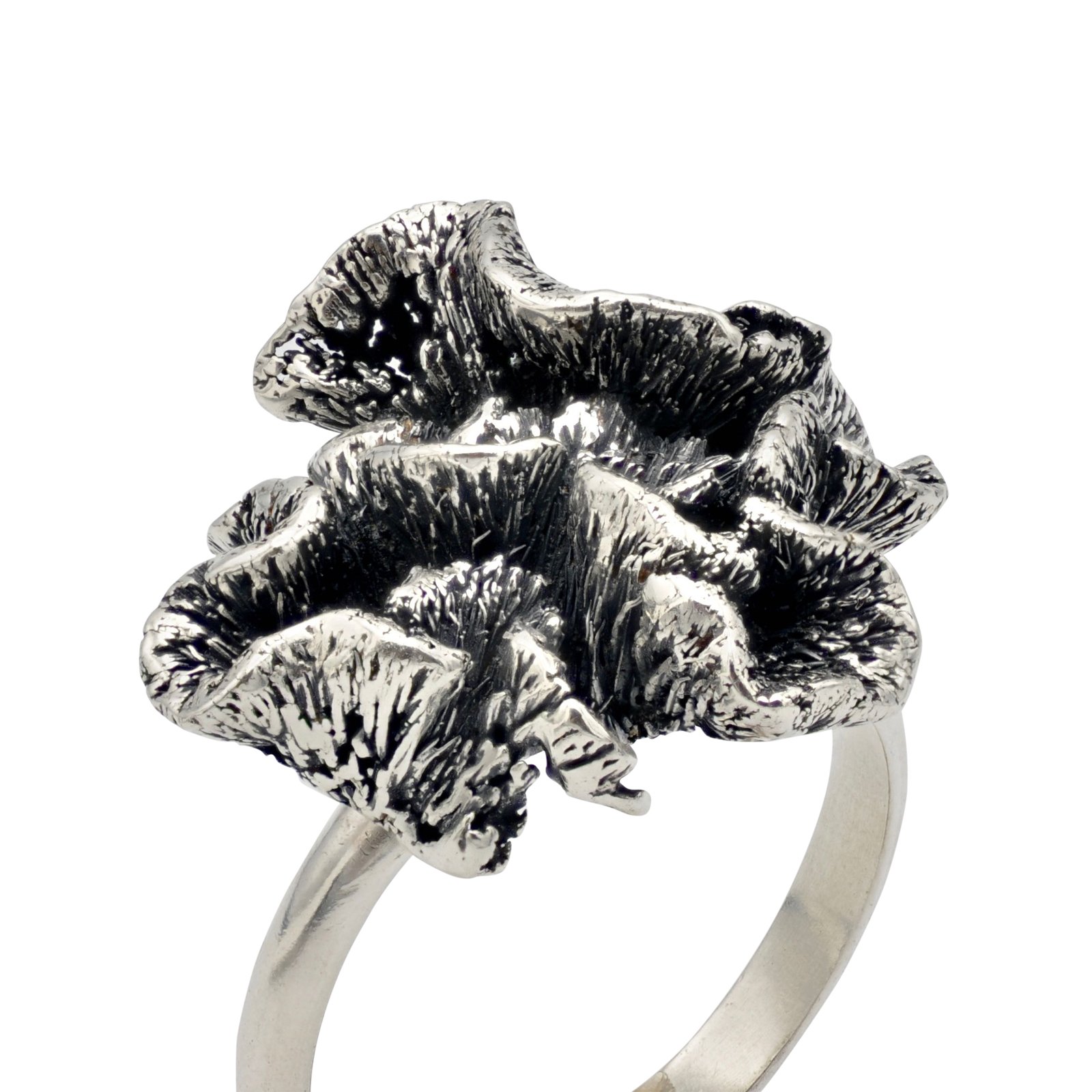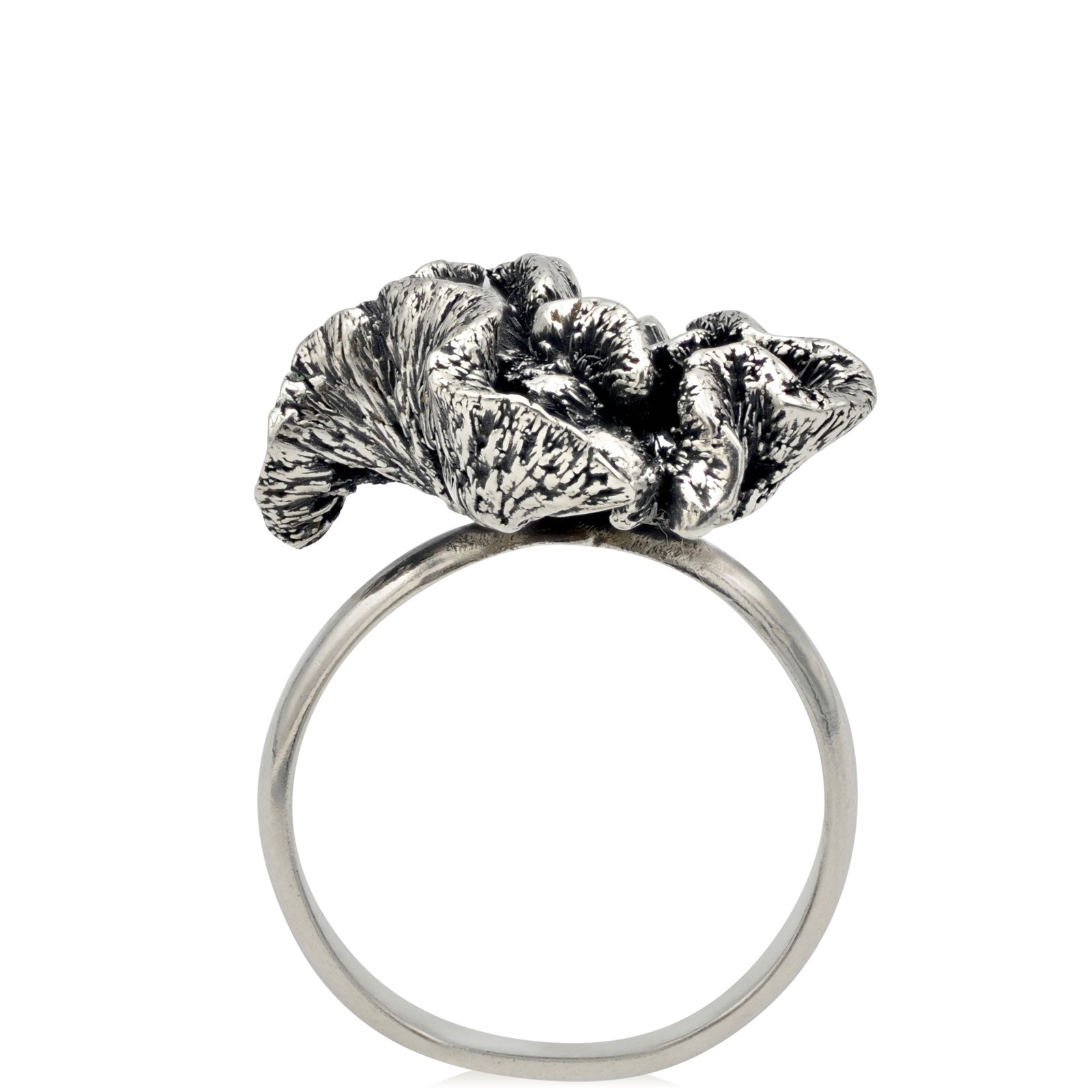Cockscomb (Celosia argentea var. crisata)
NATIVE RANGE:
Tropical climates. This particular variety is thought to originate either from West Africa or India, but various species of this plant grow in tropical regions throughout the world.
DESCRIPTION:
An herbaceous shrub growing no more than 2 feet high with juicy fat stems, lanceolate (pointy at both ends) leaves, and wooly, wavy flower heads.
FOOD:
All parts of the plants are edible. While it is technically a psudeo-cereal in the amaranth family, it tastes something like spinach, or basil, but without the bitterness of many leafy vegetables.
Its nutritional value includes calcium, phosphorus, iron, vitamins A & C, and some protein. It is most popular in Nigeria, but it is also part of the cuisine in Congo, Benin, and Indonesia. In the Yoruba language it is reffered to as “soko yokoto” the food that makes husband’s face rosy, because it is rumored to enhance both physical and sexual stamina. The Nigerian stew made with celosia leaves is boiled with fish or meat, onions, eggplant, palm oil, hot peppers and sometimes a bit of peanut butter to enhance the nutty flavor of the leaves.
Celosia is attracting attention in the agricultural realm because of its ability to grow quickly in a variety of conditions. The National Academies of Science, Engineering, and Medicine report that celosia’s genetic abilities has made it a valuable crop for areas with difficult growing conditions. It can grow in both wet and dry climates, without much preference for soil type, and with a hardy resistance to pests and disease. Read their report here.
The flaming bright flower stalks gave celosia its scientific name, which comes from the ancient Greek word κήλεος (kḗleos) that means burning
FLOWERS:
Celosia is an annual, so it completes it journeys from baby seed to mature flower producing seeds in a matter of months. If you’ve ever left cut celosia sitting around too long, you know that it can drop hundreds of tiny black seeds overnight, so it generally has no problem reseeding its territory every year.
Most Celosia varieties grow with straight, vertical stalks, but celosia argentea’s flower has mutated into firm and fuzzy brain-like clusters. These are the pieces we use to make rings and pendants. The positive mold of each cluster has to be thickened with wax so that when the negative of the mold is made, the silver is able to flow freely into the various channels and textures created by the flower.






